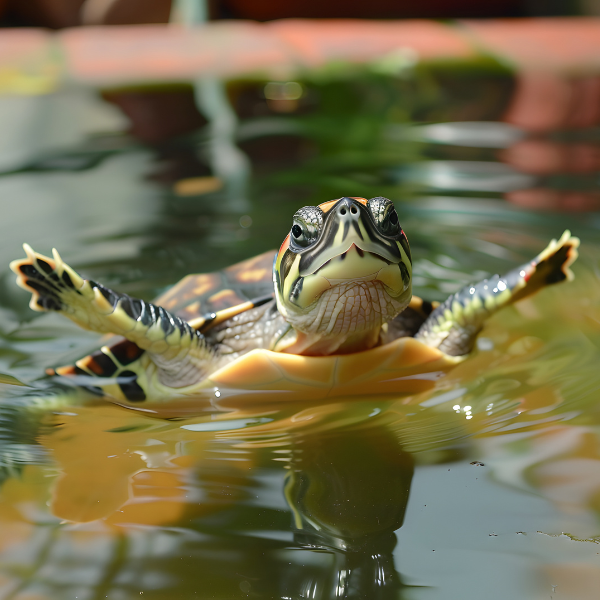
Want to know more?
If you want to know more about the work of our policy and practice team, please get in touch!

We depend on biodiversity and natural capital for living, doing business, and for our wellbeing. Biodiversity and nature are increasingly being recognised as critical for sustainability within business and a key part of climate management. They are, however, under threat from over exploitation, pollution, climate, invasive species and changes in land use. Understanding and managing impacts and dependencies helps control efficiency and risk, and can improve our natural environment.
The Biodiversity and Natural Capital Network is led by a Steering Group that draws together professionals across diverse sectors and disciplines. Their role is to oversee the delivery of an annual work programme of activities, including webinars, workshops, reports and support between members.
Opting to become a member of the network means you'll receive updates about developments in this sphere and the work of the steering group, invitations to apply to join the steering group or get involved in other ways, requests to participate in consultations, and notification of relevant webinars and other IEMA or external events. Use the button below to navigate to the portal and select 'biodiversity and natural capital network' in your subscription preferences.
Biodiversity refers to the variety of life. The UN Convention on Biological Diversity provides the following definition: ’Biological diversity’ means the variability among living organisms from all sources including, interalia, terrestrial, marine and other aquatic ecosystems and the ecological complexes of which they are a part; this includes diversity within species, between species and of ecosystems.'
Biodiversity is vital for humans because so much of what we require comes from nature – such as fuel, food and medicines. There are estimated to be 8.7 million species (give or take 1.3 million and excluding bacteria) on Earth (Source: UNEP).
Biodiversity Net Gain is development that leaves biodiversity in a better state than before. It is also an approach where developers work with local governments, wildlife groups, land owners and other stakeholders in order to support their priorities for nature conservation.
Natural capital is the stock of renewable and non-renewable natural resources (e.g. plants, animals, air, water, soils, minerals) that combine to yield a flow of benefits to people.














If you want to know more about the work of our policy and practice team, please get in touch!